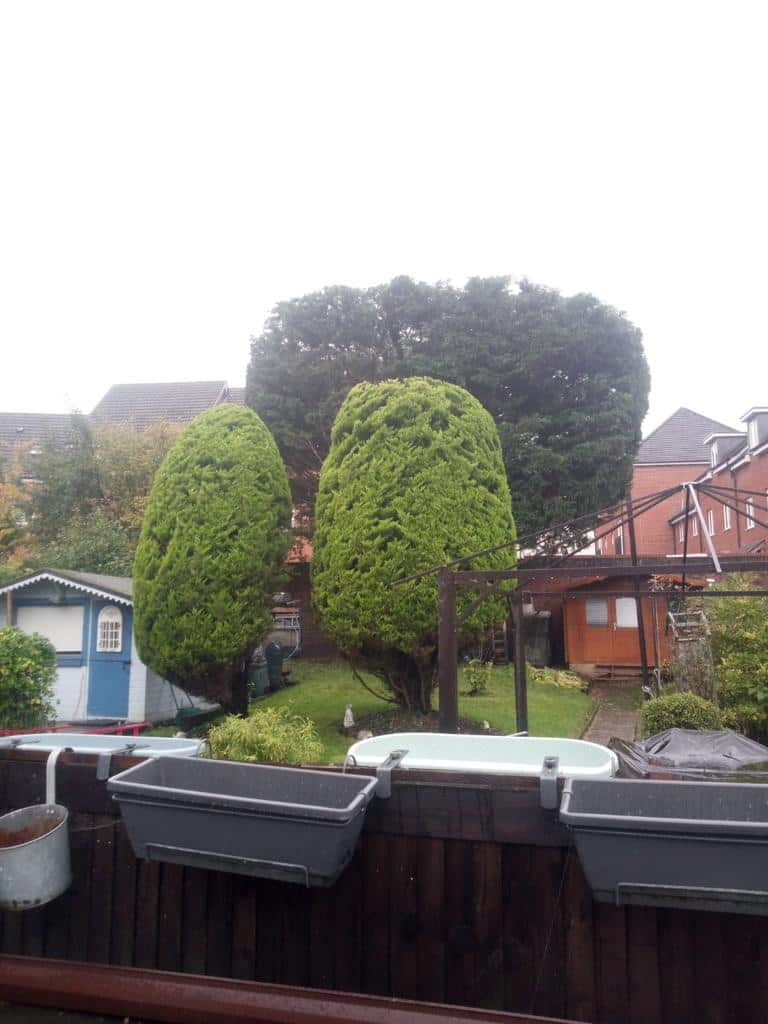Older trees are a valuable asset to any landscape, providing shade, beauty, and ecological benefits. However, as trees age, they require specialised care to ensure their health and structural integrity. At LM Tree Surgery Bognor Regis, we understand the unique challenges that come with caring for older trees. In this blog post, we’ll explore the key considerations for tree surgery on older trees and how professional care can help prolong their life.
1. Understanding the Needs of Older Trees
As trees age, their growth rate slows, and they become more susceptible to disease, pests, and structural weaknesses. Unlike younger trees, which can recover quickly from pruning or damage, older trees require a more delicate approach to surgery. It’s essential to understand that older trees are less resilient, so any work performed should be done with care and precision to avoid stressing the tree unnecessarily.
2. Crown Reduction vs. Crown Thinning
For older trees, it’s crucial to balance the need for pruning with the goal of preserving the tree’s natural shape and stability. Crown reduction is often recommended for older trees to reduce the weight of the canopy, preventing branches from breaking under their own weight. Crown thinning, on the other hand, helps improve airflow and sunlight penetration, promoting healthier growth. Both techniques should be performed by a professional tree surgeon to avoid over-pruning, which can weaken the tree further.
3. Addressing Dead or Diseased Wood
Dead or diseased branches are common in older trees and can pose a risk to both the tree and surrounding property. Regular removal of dead wood is essential to prevent the spread of disease and to reduce the risk of falling branches. A professional tree surgeon can identify which branches are dead or diseased and remove them without harming the tree’s overall health.
4. Supporting Structural Integrity
Older trees may develop structural issues, such as cracks in the trunk or weak branch unions, which can lead to instability. In these cases, tree surgery may involve installing support systems like bracing or cabling to reinforce weak branches and prevent them from breaking. This helps maintain the tree’s structural integrity while reducing the risk of injury or damage.
5. Managing Root Health
The roots of older trees are often spread out over a large area, making them vulnerable to damage from construction, landscaping, or soil compaction. Proper root care is critical to the longevity of an older tree. Tree surgeons can assess the root system’s health and recommend steps to protect it, such as aerating the soil, removing compacted ground, or installing root barriers to prevent further damage.
6. Promoting Long-Term Health
Regular monitoring and maintenance are essential for older trees. Periodic assessments by a professional tree surgeon can help detect issues early, allowing for timely interventions. This includes checking for signs of disease, decay, or structural weakness. Proper care ensures that older trees continue to thrive and contribute to the landscape for many years to come.
Conclusion
Caring for older trees requires specialised knowledge and a careful approach. At LM Tree Surgery Bognor Regis, we are experienced in providing tree surgery services tailored to the unique needs of mature trees. From crown reduction to root care, our team ensures that your older trees receive the best possible care to maintain their health and safety. If you have an older tree in need of attention, contact us today to learn more about how we can help preserve its beauty and longevity for years to come.
Call us on: 01243 973 494
Click here to find out more about LM Tree Surgery Bognor Regis
Click here to complete our contact form and see how we can help with your tree needs.

